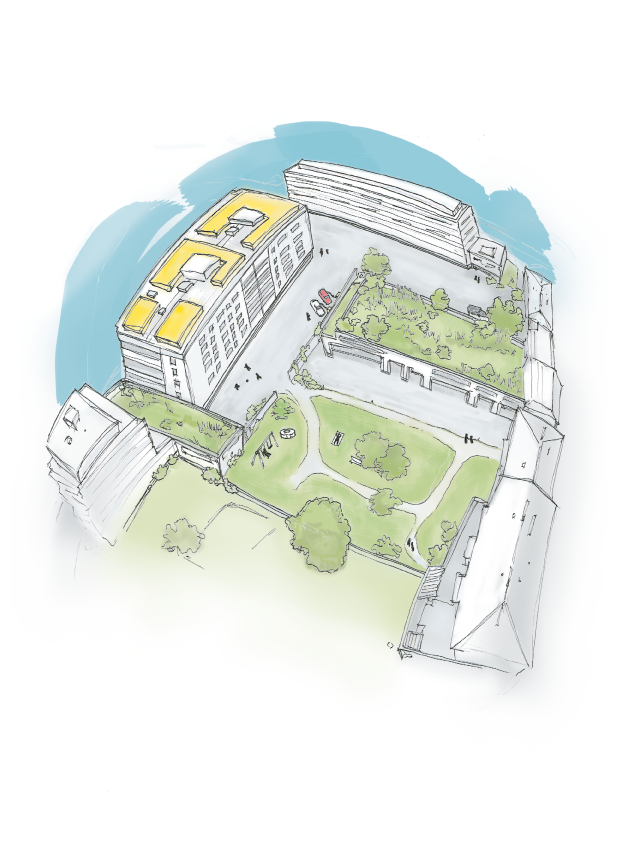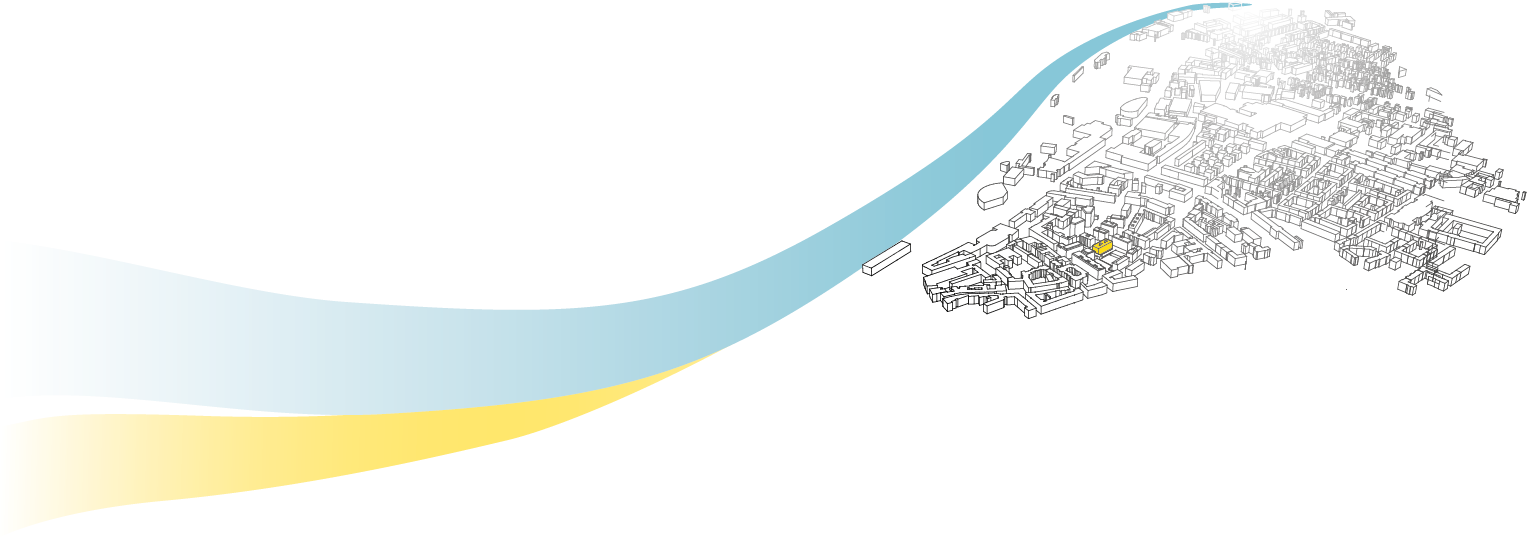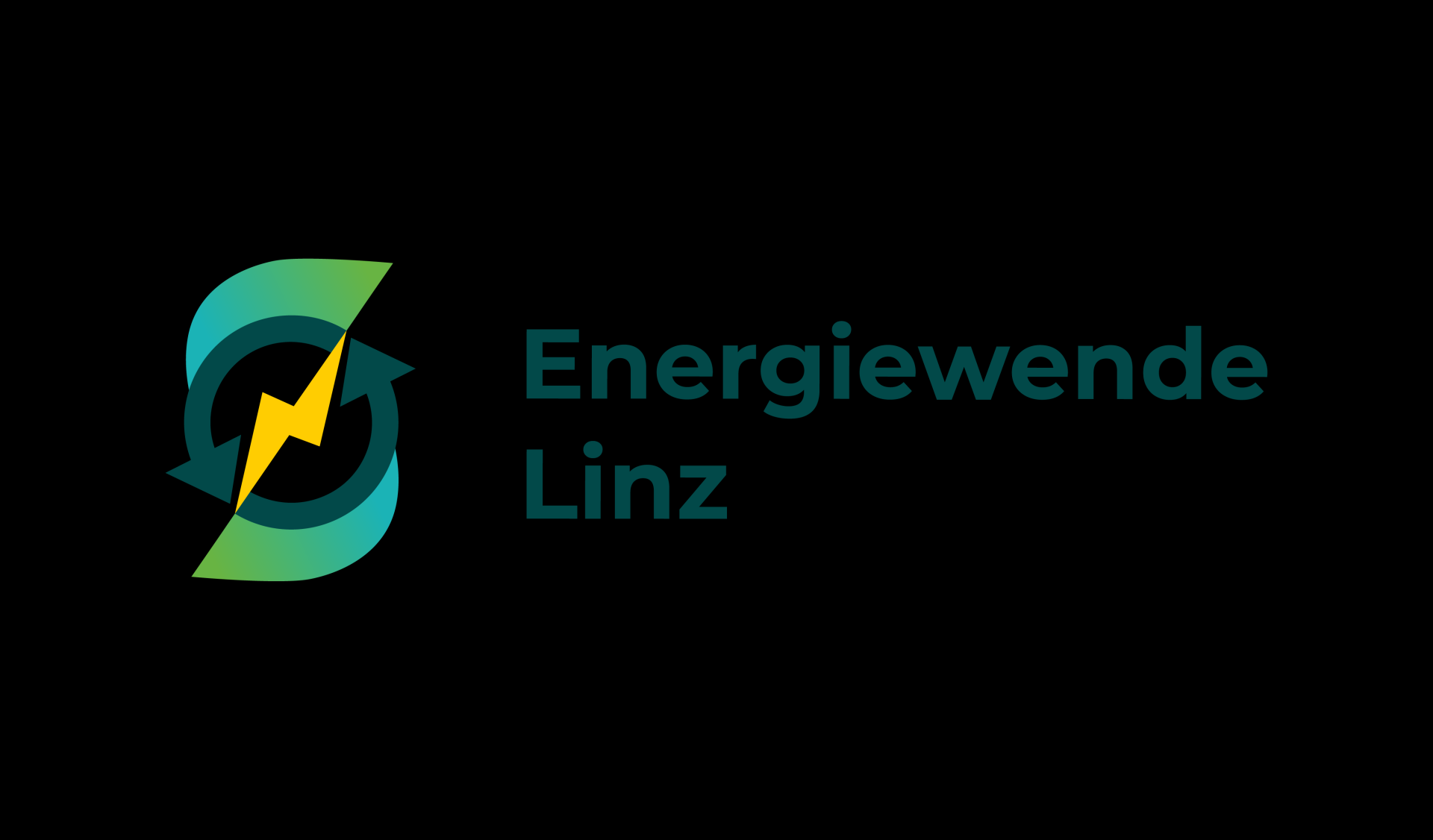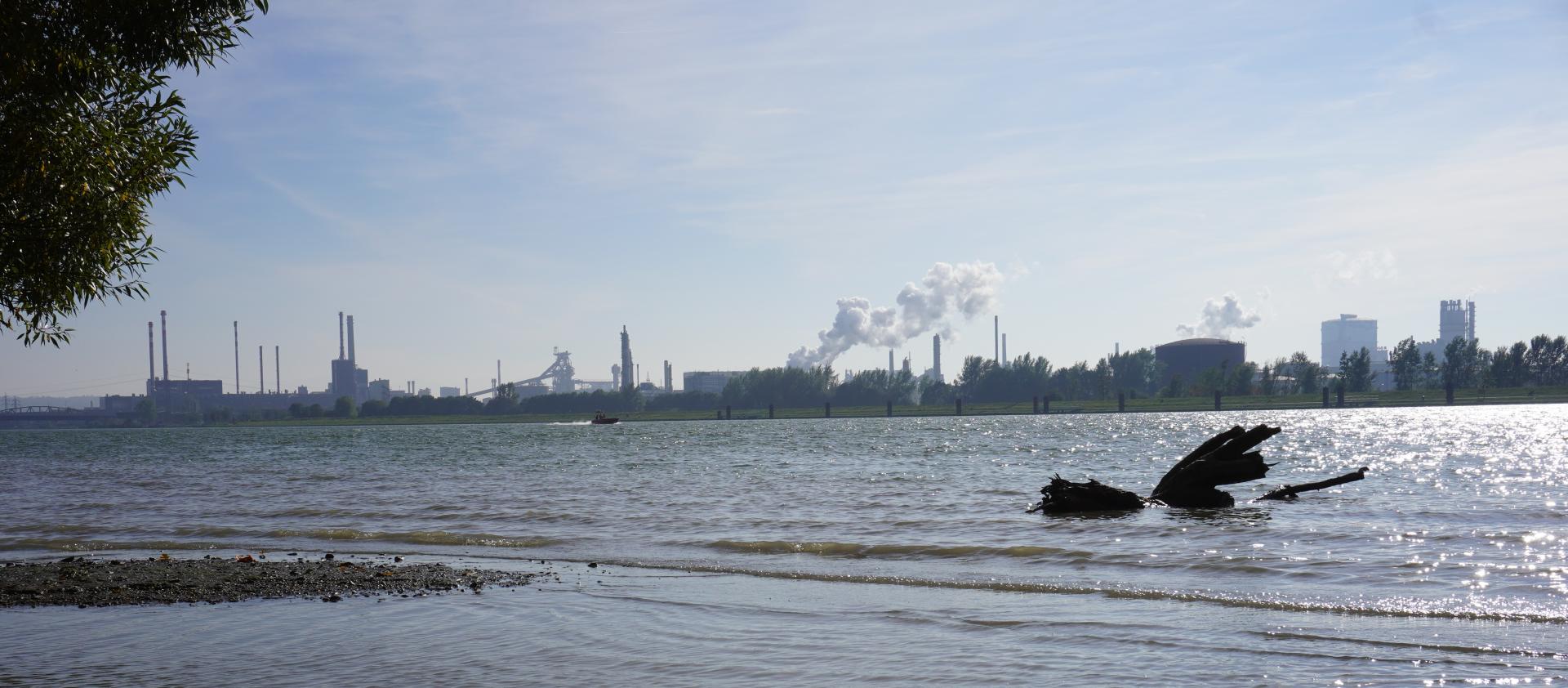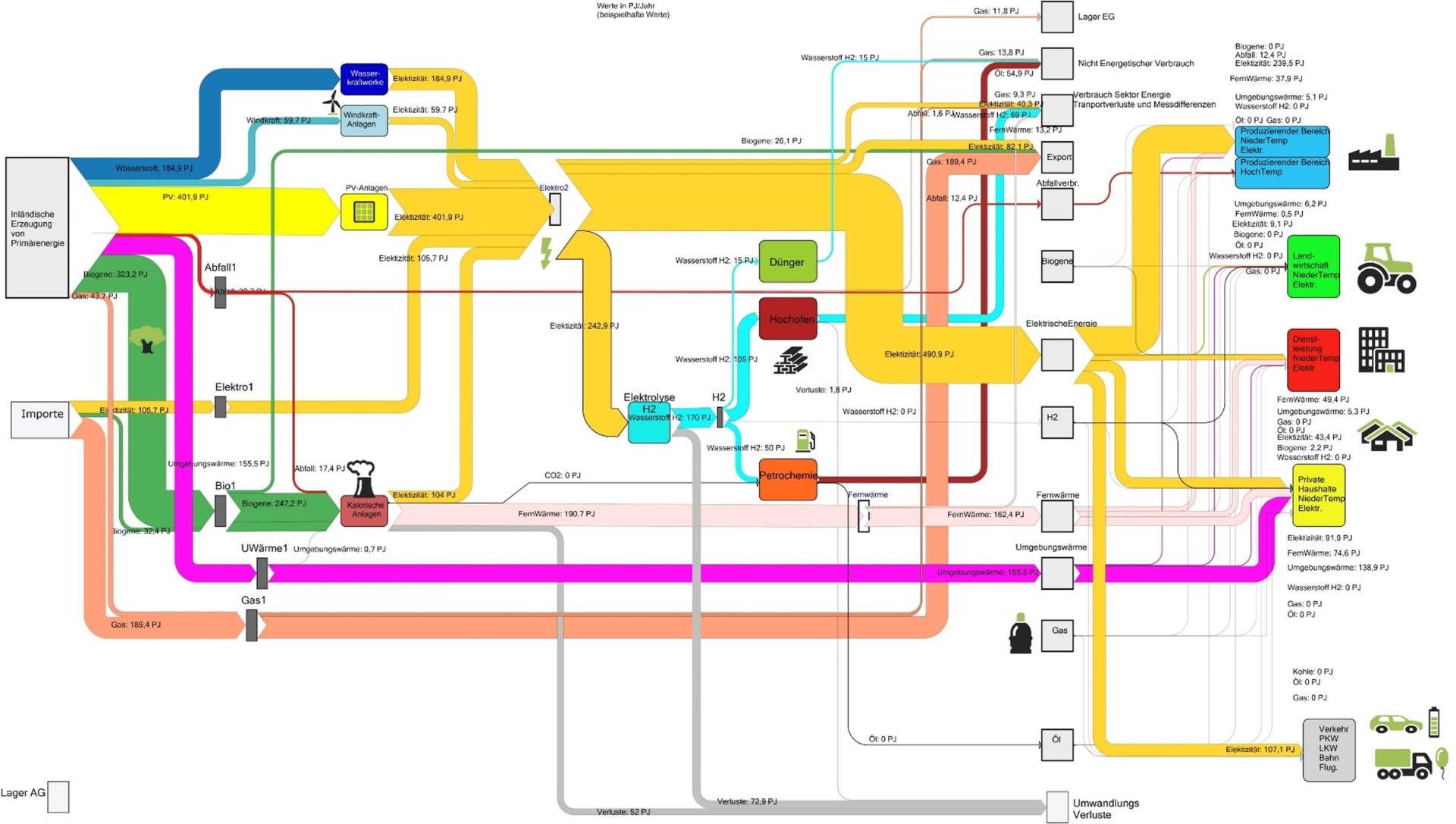Linz - Local Energy City & Industry
Basic information
Project Title
Full project title
Category
Project Description
The Austrian city of Linz is very unique in terms of industrial output and energy demand.Without it's industrial sector, the city of ~220.000 inhabitants needs ~4 TWh of energy/year.
Adding the local industry the energy demand rises to ~40 TWh/year or more than 10% of austrias overall consumption.
With our project "Local Energy City & Industry" we want to raise global awareness to such challenges.
Because time is running out, we allready started working on solutions - and that's exciting.
Geographical Scope
Project Region
Urban or rural issues
Physical or other transformations
EU Programme or fund
Which funds
Description of the project
Summary
The austrian steel industry has allready transformed the global steel industry in the past and is eager to do it once again.
Both large industrial sectors in the city of Linz are required to move from fossil fuels to renewable sources to reduce their current emissions which in total are currently ~10% of Austrias CO2 emissions.
There are allready plans how this can be achieved, the steel industry can move from coke to hydrogen and the plastics industry is working together with the cement industry to create circular economy industrial processes.
But all of those projects are hinging on one key ressource: the amount of affordable green hydrogen availble.
Even if half of the required hydrogen is produced elswhere, the remaining half can not be produced with current electricy supplies and thus huge investments in regional renewable energy production
aswell as the necessary transmission line and energy storage infrastructure are necessary!
And this is where citizens are coming into play. They must understand why it is crucial that large infrastructure investments have to be made in order to secure the local industry and thus the jobs that are connected with those sectors.
And that is why it is of utmost importance to add them as stakeholders in the renewable energy transformation. Large transformational processes have to be backed by the local population.
With our project "Local Energy City & Industry" we are proposing a flagship project that can bring all relevant stakeholders from politics, industry and an engaged civil society together.
We are allready working on the first project phase which wants to match the proposed energy demand for hydrogen production in 2025 (~500GWh) with local produced electricity from city rooftops and Agri-PV plants.
This would require ~3000 of 18.000 rooftops to be covered by 2025. A huge task, but it will show that the "local energy city" Linz can support it's industry that other industrial areas in Europe can follow suit.
Key objectives for sustainability
8-12% of global co2 emissions stem from steel production --> this is our key target!
If the development schedule for large scale industrial procresses to produce carbon neutral steel can be sped up by citizens involvement, than this would be a huge lever for global sustainable steel production. Especially circularity because on the one hand this process would most certainly rely on renewable green hydrogen instead of fossil fuels and on the other hand, the process to recycle steel with electric arc furnances can also only be decarbonized if the electricity that is used is coming from renewable sources.
The first key objective is that citizens can help to reduce the time until the whole of Austrias steel production is carbon neutral and thus ~10% of austrias co2 emission are eliminated. This can be done by increasing the speed in which renewable sources such as PV and wind energy are rolled out.
The 2nd key objective is, to show that even in industrial sectors the energy transition to renewable energy has to be supported by the civilian population in order to match the 2°C global temperature increase scenarios. This means that problems such as the “not in my backyard” have to be overcome by raising the awareness of the citizens of Linz.
Citizens can take concrete steps to install PV Powerplants on their rooftops, aswell as talk to their local representatives to increase spending on renewable energy infrastructure, etc.
It is also allready very clear, that only rooftop solar installations are by far not enough to cover the energy demand of the industrial complex in Linz, thus the project has a very unique urban and rural connection because most of the energy has to be produced in other regions of austria. Most likely wind and agrivoltaic. So farmers and rural communities around the city have to be also included in the process to ensure success!
Key objectives for aesthetics and quality
One major point is, that instead of using coke in the steel making process, renewable hydrogen is much less polluting to the environment. Thus, the air quality around the steel plant will most certainly increase further. This of course is less important for the already very clean steel plant in Linz but will be more important to other steel production sites around the world, especially in developing countries.
In general, the look of a an industrial site such as a steel plant covered in Energy producing PV Panels will give a glimpse in what the future will look like. We are hoping, that this will inspire young generations to think even further – how can industrial process of the future be completely power by renewable energy and fully circular?
As mentioned above, the huge energy demand can not be met by rooftop PV alone, so also new technologies like Agrivoltaic have to be rolled out. At first this will be met with criticism but in the end it will transform the agricultural landscape into something that further increases resilience of the local innovation. The local industrial innvoation hub is supported by its surrounding towns with energy in the same way as the local farmers are allready supplying the city with their produce.
Key objectives for inclusion
The main purpose of this project is to give the public a chance in transforming their current industrial city of Linz into a future proof industrial lighthouse city that shows the world how climate goals can be achieved even in very tasking conditions.
In this project two already challenging tasks, namely city planning and the development of an industrial area are being merging into one big task to asure that climate goals can be met.
Building renovation meets energy production, Industrial excess heat being used in housing sectors, etc. This is also necessary - energy prices are soaring and the crisis in Ukraine has fueled the need for resilient and independed energy systems even further.
Which of course will likely also increase prices - so all efficiencies that can be achieved must also be achieved in order to keep living affordable.
But all of this requires collaboration between groups and actors that did not have overlapping tasks until now.
A few years ago, local climate NGOs did not talk with the members from the local industry because they assumed that companies are not willing to change in order to fullfill climate targets.
Instead the focus was on talking to politicians. This however has changed in the recent months and in the process the project proposal "Local Energy City & Industry" was also met with new interest by local climate activists.
As the founders of this project were also previously very active in climate groups suchs as FridaysForFuture it is very unique to see unlikely alliances being formed between civil society (climate activists) and industrial companies.
And in the case of the industrial city of Linz in Austria, time is of the essence. If the steel industry can not achieve it’s goals to get carbon neutral before the carbon prices are too high for the steel production to be economically viable, then this could also mean thousands of Jobs are on the line.
Physical or other transformations
Innovative character
Unlikely Alliances are key to solve problems that need urgent solutions: FridaysForFuture meets Voestalpine Steel
Only if several groups in society are combining their efforts a swift transformation can be achieved.
The city of Linz is unique in terms of energy demand in Austria and also compared to other similar cities in Europe.
If a solution can be found to transform this highly challenging city to renewable energies - it should also work in most other conditions.
Naysayers can hopefully be silenced and we can finally start getting things done!

